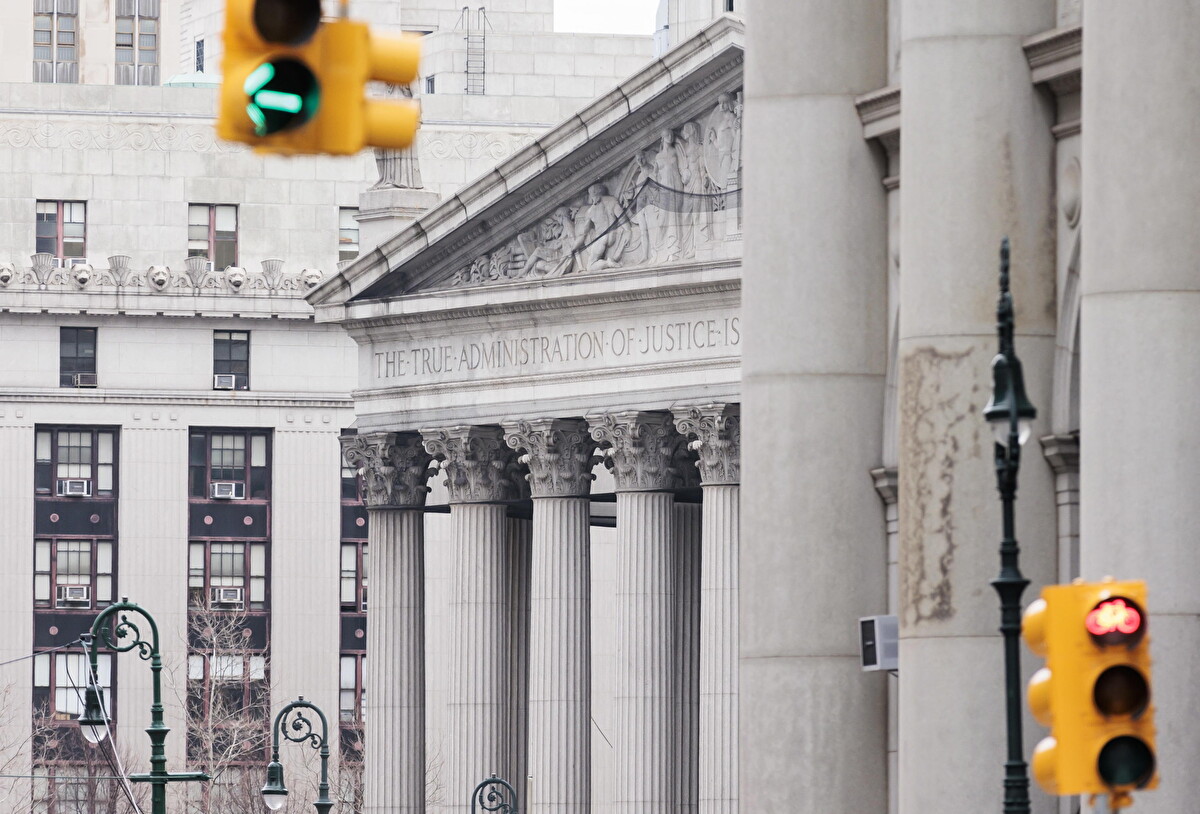In April and again early this month La Voce di New York published stories about Giovanni Ferrero’s immense wealth, but nothing about how he achieved such success.
Ferrero’s story begins in 1942 when Pietro (1898-1949) Giovanni’s grandfather, opened a bakery in Alba. He aimed to create a low-cost snack to replace the factory assembly lines’ ubiquitous tomato sandwich. So, in 1946, when chocolate was still scarce in post-war Italy, he produced 300 kilos of small bread-loaf-shaped blocks, of hazelnuts, abundant in Piemonte, and of sugar with a small amount of cocoa. When sliced, they were just soft enough to spread on bread. He named his creation Giandujot, after the character Gianduia in Piemonte’s Commedia dell’arte, and founded his namesake company.

In 1951, with more cocoa available, Pietro’s son, Michele (1925-2015) created a more spreadable version he called Supercrema. Then, in 1964, hoping to commercialize his product throughout Europe, he produced an even creamier Supercrema and changed its name to Nutella. Other Michele inventions were his “Mon Cheri” chocolates with cherry liqueur filling (1956), “Kinder” children snacks (1968), Tic Tac mints (1969), and Ferrero Rocher chocolates filled with chopped nuts (1982). Although today Ferrero produces these and many other products, its icon is Nutella.
In Italy Nutella’s ingredients have always been: sugar and palm oil (50%), hazelnuts (13%), powdered skimmed milk (8.7%), low fat cocoa (7.4%), soy lecithin, and vanilla. In Anglo Saxon countries the palm oil is replaced by soy oil. According to www.nutella.it every 100 grams counts 544 calories: 6 grams of proteins, 57.6 grams of carbohydrates of which 56.8 grams are sugar, and 31.6 grams of fats, 11 of which are saturated.
The first reusable glass jar with 250ml of Nutella left Michele’s new factory outside Alba on April 20, 1964. It was an immediate success in Italy, Germany and France.
Michele remained the company’s Chairman until his death, with his likewise low-profile son Giovanni becoming sole CEO in 2011 after his older brother Pietro’s premature death from a heart attack during a bicycle race in South Africa. Giovanni was born in Milan in 1964 and raised there and in Brussels where he lives today with his wife and two sons.

Soon after his father’s death in 2015 Giovanni bought the British chocolatier Thornton’s for $170 million, in 2018 Nestle’s US interests for $2.8 billion, in 2019 Kellogg’s cookie businesses for $1.3 billion and Campbell Soup for $300 million, in 2020 Eat Natural, in 2021 Burton’s Biscuit Company, and this year FULFIL Nutrition. Although these acquisitions were in stark contrast with Michele’s business plan, which focused on building in-house brands, today Ferrero is the world’s second-largest confectionery company after Mars. Fulfilling its motto: “Le buone idee conquistano il mondo” (good ideas conquer the world) in 2021 Ferrero, with revenue of $12.7 billion and net income of $677.2 million, counted nearly 39,000 employees in 55 countries.
As for Giovanni’s Nutella innovations: in 2020 in collaboration with ENIT (Italy’s National Tourist Board) Ferrero created limited-edition jars named “Ti Amo Italia” with 30 themes each depicting a favorite Italian location: cities, monuments, borghi, islands, or mountains. Sardinia sold the most; Bologna’s porticoes and then the Venetian island of Burano followed. Instead, in 2021, 2,143,127 consumers chose their favorite destination between “Ti Amo Italia”’s 42 contestants via an online competition. Franciacorte in Lombardy won followed by Lago di Scanno in Abruzzo, and Lago di Castel San Vincenzo in Molise.

HOT OFF THE PRESS: Since last month Ferrero has dedicated its limited-edition jars to important events, which took place in each of its 59 years of Nutella production. For example: 1964 to its birth; 1969 to the first landing on the moon; 1971 to the first e-mails; 1981 to erasable pens: 1991 to the world wide web; 2007 to smartphones, and 2022 to post-COVID live concerts.
Today some 400 tons of Nutella are sold in 170 countries every year, a jar every 2.5 seconds. There are Nutella factories worldwide: in Los Cardales, Argentina; Lithgow, Australia (the first outside Europe (1970)); Poços de Caldes, Brazil; Brantford, Canada; Villers-Écalles, France; Alba, Balzano Pozzuolo Martesana, and Sant’Angelo dei Lombardi, Italy; Stadtallendorf, Germany (the first outside Italy (1956); San José Iturbide, Guanajuato, Mexico (the most recent (2105)); Belsk Duzy and Warsaw, Poland; Vladimir, Russia (now closed), and Manisa, Turkey.
Turkey supplies most of Ferrero’s (not just Nutella’s) hazelnuts; Nutella’s cocoa comes from Nigeria; its palm oil from Malaysia; its sugar mainly from Brazil; its vanilla flavor from China, and its reusable glass jars from Poland. In addition to its factories there are Nutella-themed eateries around the world; in Italy in Venice, Polistena, Bologna, Naples, and Syracuse; at Eataly in Manhattan and in Chicago; in Toronto; in Leiria, Portugal; on the Greek island Ios, in San Paolo, Brazil; and in Ramallah on the West Bank.
Most Ferrero’s products are sold online as are Giovanni’s seven novels. The first six are set in Africa; the most recent (2021), Blu di Prussia e rosso di porpora, a thriller, in Rome and the Vatican.












